Articles by Michael G. Laramie
“The French Lake Champlain Fleet and the Contest for the Lake, 1742-1760,” Vermont History (Summer/Fall 2012).
Vermont History (Summer/Fall 2012).
This Ben Lane Award winning article discusses the construction and employment of the French fleet on Lake Champlain during King George’s War and the last French and Indian War as well as British efforts that successfully wrested control away from the French.
 “Colonel Wolfgang Romer: A Royal Engineer’s Odyssey in New York and New England, 1698-1705,” Journal of America’s Military Past, (Spring/Summer 2011).
“Colonel Wolfgang Romer: A Royal Engineer’s Odyssey in New York and New England, 1698-1705,” Journal of America’s Military Past, (Spring/Summer 2011).
Colonel Wolfgang Romer was one of the first Royal Engineers to be stationed in the American colonies. His analysis of the colonial forts and fortifications of New York and New England prove one of the first professional looks at the defenses of the colony, but perhaps of more importance, lay the rifts between the engineer and the colonial authorities.
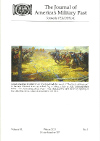 “Captain John Redknap: A Royal Engineer in Queen Anne’s War, 1705-1714,” Journal of America’s Military Past, (Winter 2015).
“Captain John Redknap: A Royal Engineer in Queen Anne’s War, 1705-1714,” Journal of America’s Military Past, (Winter 2015).
Assigned to North America in 1705 as Colonel Wolfgang Romer’s replacement, Captain John Redknap would soon find himself embroiled in a decade long war with New France and the far more complicated battlefield of 18th century colonial politics.
 “A Fool’s Errand,” Military History Magazine, (Jan. 2016).
“A Fool’s Errand,” Military History Magazine, (Jan. 2016).
While modern history often points to Wolfe’s capture of Quebec in 1759 as the end of the French and Indian Wars, what it often forgets is that during the winter of 1759 the remaining elements of the French colony devised a desperate last gamble to seize Quebec back from the British in the spring of 1760. What neither side would realize was what started as a “Fool’s Errand,” came within a few minutes of succeeding.
 “The Forts and Fortifications of Colonial Albany,” The Hudson Valley Review, (Spring 2016).
“The Forts and Fortifications of Colonial Albany,” The Hudson Valley Review, (Spring 2016).
Few places in the colonial era of North America held as much importance as Albany. Located at the end of navigation in the Upper Hudson Valley this town would be at the center of almost 150 years of conflict between the French and English in the New World. “The Forts and Fortifications of Colonial Albany,” chronicles the rise of this town’s prominence in colonial affairs, and the efforts from the first Dutch settlers in the early 17th century to the English and colonial occupants during the last French and Indian War to defend this key point.
 “The SACM Mle 1935A.” guns.com (July 2017)
“The SACM Mle 1935A.” guns.com (July 2017)
While it never reached any level of acclaim, primarily due to its 7.65mm Longue chambering, the Mle M1935A was an elegant and reliable design that would prove to be the forerunner of the famous Sig P-210.
 “The Cz-27,” guns.com (Aug 2017)
“The Cz-27,” guns.com (Aug 2017)
Avoiding the complexities and costs of earlier Cz designs, the Cz-27 proved to be a simple and robust small caliber handgun for policing duties. Used by a number of nations, and with 650,000 being made over a 23-year span, the Model 27 proved to be one of the most successful 7.65mm pistol designs ever produced.
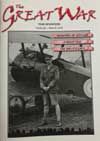 “A New Mode of Warfare,” The Great War Magazine (Mar 2018)
“A New Mode of Warfare,” The Great War Magazine (Mar 2018)
This article discusses some of the more obscure ideas purposed to counter the introduction of submarine warfare in the early days of the First World War. The desperate search for a solution unleashed a wave of concepts ranging from the bizarre and outright impossible, to the occasional dash of brilliance.
 “Iron Guns and Wooden Planes: Aerial Machine Guns of the Great War,” The Great War Magazine (July 2018)
“Iron Guns and Wooden Planes: Aerial Machine Guns of the Great War,” The Great War Magazine (July 2018)
“Iron Guns and Wooden Planes,” outlines the introduction of the machine gun to aerial combat, and how this was accomplished. From the early dogfights consisting of rifles and pistols, to the implementation of flexible guns and the development of the synchronized forward firing machine gun, “Iron Guns and Wooden Planes” details the challenges, failures, and successes involved in the pairing of two emerging 20th century technologies; the aircraft and the machine gun.
 “In Search of the Centrifugal Machine Gun,” Small Arms Review, (Mar, 2019)
“In Search of the Centrifugal Machine Gun,” Small Arms Review, (Mar, 2019)
This article covers the development of the centrifugal machinegun from its introduction by Freidrich Bangerter in 1908, to its recreation by Major E.T. Moore in 1918, and its eventual dismissal by the U.S. Army Ordnance Department in 1921. A simplistic and cost-effective approach, for a brief period of time it appeared that the Maxim, Browning, and Hotchkiss offerings of the day had found a serious competitor, but technical hurdles, ballistics, and the advent of weapons like the Browning M2 relegated the idea to one of the sideroads of history.
 “The Old Razzle Dazzle,” The Great War Magazine (July 2019)
“The Old Razzle Dazzle,” The Great War Magazine (July 2019)
The age of sea camouflage reached a colorful peak with the dazzle-painted schemes of the First World War. In an effort to thwart German U-boat attacks a dizzying array of colors and broken patterns spread through the allied fleets, and as one witness noted, even the sober gray battleships had “succumbed to the lure of strange pigmentation.” But what exactly was the aim of the effort, and more importantly, did it work?
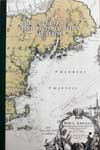
“Colonel Richard King: A Royal Engineer’s View of the 1711 Canadian Expedition” – Ft. Ticonderoga Museum Bulletin, XVII, No. 4 (2019.)
A well respected and professional soldier who had served on the Duke of Marlborough’s staff in Flanders, King’s insights into the ill-fated Walker Expedition of 1711 are important in understanding the attempt to seize Quebec during Queen Anne’s War. However, it is perhaps his views on the on the peoples and governments of early New York and New England that he might be best remembered for during his brief tenure in North America.
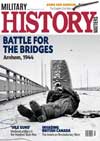
“The Last Invasion of Canada,” – Military History Matters (Aug. 2019)
In late 1775, while Washington and the fledgling American army laid siege to Boston, a scheme was hatched to strike against British Canada. Although relatively weak at the moment, Canada posed a grave threat to the cause of American Independence, first as a logistics center, and second as the likely source of a major military expedition against the northern colonies. Seizing Canada, which ultimately meant the fortress of Quebec, would eliminate both threats. The final plan called for a pair of American expeditions. The first, led by Colonel Benedict Arnold would track through the virgin forests of northern Maine to Quebec, while the second under the command of General Richard Montgomery, would descend Lake Champlain and capture Montreal before turning northeast to rendezvous with Arnold. It was a bold, ill-conceived, and ill-supported plan that relied on a number of glaring unknowns. Yet for all of its mistakes and misfortunes, it is nothing short of remarkable that it came within a few city blocks of succeeding.

“The Battle of Lake George” – Military History (Sept. 2019)
While many are aware of General Edward Braddock’s disastrous defeat at the Battle of the Monongahela on July 8, 1755, far fewer know that two months later an even larger and more hotly contested battle would take place between the French and the English at the headwaters of Lake George. In a forewarning of the scale of the conflict to come, the engagement pitted an amateur ill-disciplined English army, against two regiments of regulars from France and the same type of troops that had crushed Braddock’s red-coated regulars. Led by an experienced commander who was a protégé and personal confidant of the great Count Saxe, a French victory seemed certain. Instead, what followed was a fast moving contest of indecision and resolve, hesitation and action, and the lesson that no matter how correct a leader might be, failure to understand those he leads will eventually harvest catastrophe out of the best of battle plans.

“The Return of the Ram: The Battle of Plum Point Bend, 1862” – Military History Matters (Feb. 2020)
One of the few fleet actions during the Civil War, the Battle of Plum Point was not only the first naval engagement to determine control of the Mississippi River, but it was an unusual encounter in that it shattered the myth of ironclad invincibility by employing one of the oldest tactics in naval history. A battle of old vs. new, of armor vs. maneuverability, the outcome of the Battle of Plum Point Bend would inspire a generation of naval thinkers looking to reintroduce the ram into 19th century naval warfare, and at the same time, reinforce the old lesson that every new weapon system has a weakness, no matter how archaic that weakness appears to be.
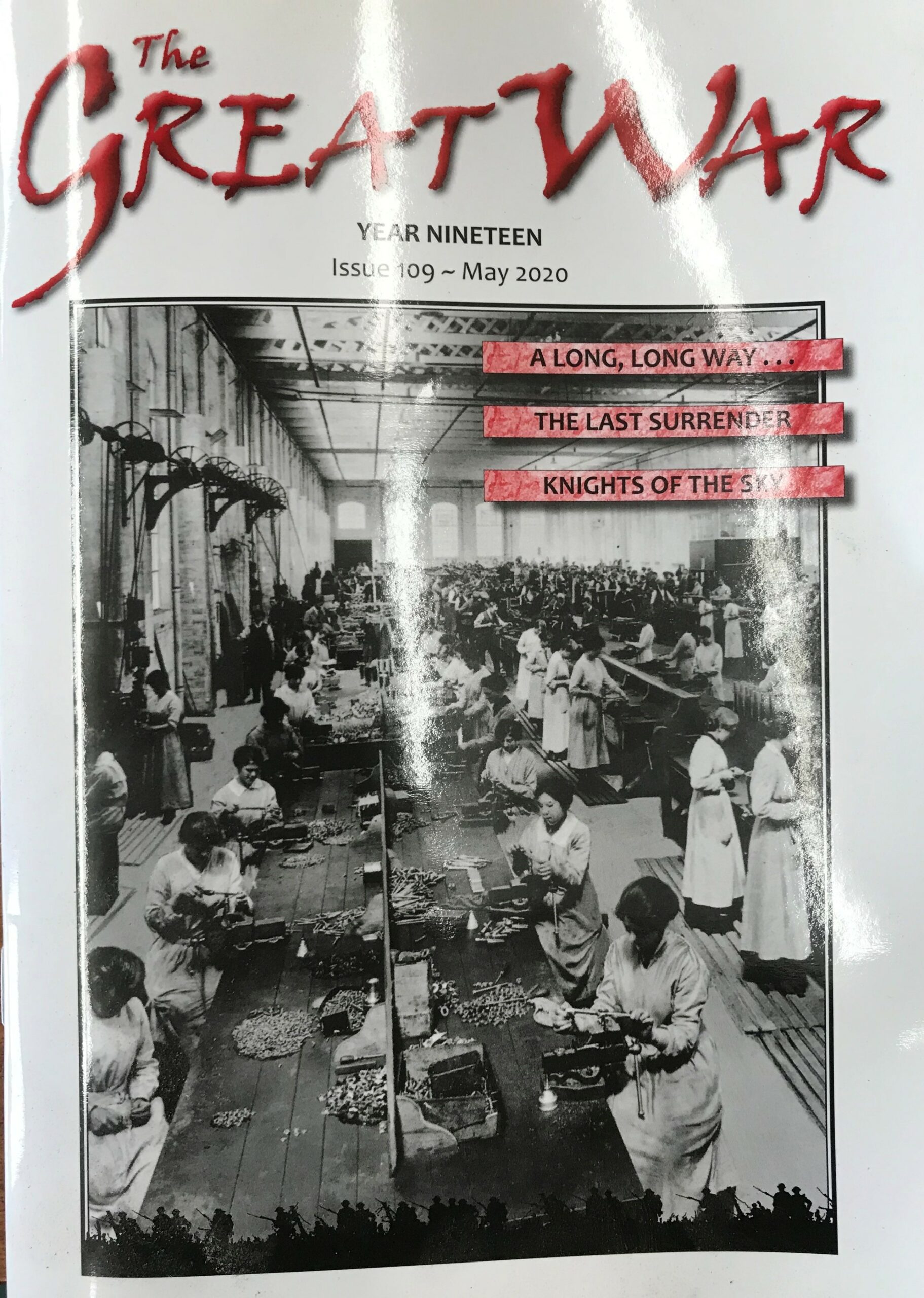 “Knights of the Sky” (Great War Journal, May 2020)
“Knights of the Sky” (Great War Journal, May 2020)
The opening days of aerial combat in 1914 were filled with individual duels of fragile canvas covered machines. Although the craft were unarmed, each side was quick to employ pistols and rifles as their airmen sought each other out. The whirling maneuvers and swooping firing passes that resulted when they found each other gave the perception to those below of knights on winged steeds. So much so that none other than H.G. Wells suggested that early British flyers be knighted for their exploits. The machine gun, however, would quicky bring this opening phase of aerial combat to an end.
 “The Charge of the Iron Fleet: Charleston April 7th, 1863.” (Military History Matters, April/May 2022)
“The Charge of the Iron Fleet: Charleston April 7th, 1863.” (Military History Matters, April/May 2022)
In what would almost seem a controlled experiment, the power of a recently constructed ironclad fleet under Admiral Samuel Du Pont would test the defenses of Charleston Harbor. What would result was a challenge of steel, and an answer to the question, had the ironclad changed the basic relationship between warships and coastal fortifications?
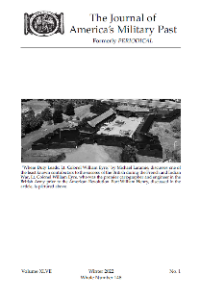 “Where Duty Leads: Lt. Colonel William Eyre, Royal Engineers.” (Journal of America’s Military Past, Winter 2022)
“Where Duty Leads: Lt. Colonel William Eyre, Royal Engineers.” (Journal of America’s Military Past, Winter 2022)
While names like Montcalm, Wolf, and Braddock are easily conjured up when one thinks of the French and Indian War, behind these leaders were a cast of supporting characters that seldom receive the same amount of attention. One of these is Lt. Colonel William Eyre of the Royal Engineers.
 “The Case of General Daniel Webb” (Hudson Valley Review, Spring 2022)
“The Case of General Daniel Webb” (Hudson Valley Review, Spring 2022)
Literature, movies, and colonial lore have branded General Daniel Webb a villain and a coward for his role the fall of Fort William Henry in 1757. But was it so? After 250-years it only seems right to clarify the case of General Daniel Webb and let the reader decide for themselves whether these titles are deserved.
 “Ile aux Noix: The Key to Canada.” (Military History, Autumn 2023)
“Ile aux Noix: The Key to Canada.” (Military History, Autumn 2023)
For the Marquis de Montcalm’s former chief-of-staff, Colonel Louis-Antione Bougainville, the spring and summer of 1760 had been spent cobbling together resources to reinforce the last major stronghold guarding Montreal and what was left of the French Lake Champlain fleet. Almost everything was in short supply after six years of war, but the natural defenses of Ile aux Noix offered hope. Hope that would soon be tested by an Anglo-American force during one of the last battles of the French and Indian War.
